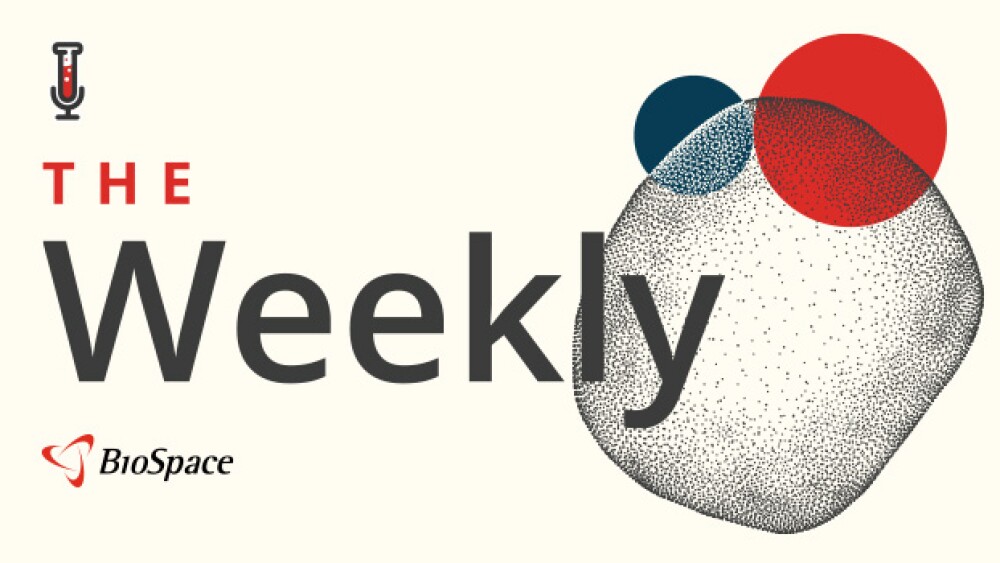Interim results will be presented at an oral presentation at the American College of Rheumatology/Association of Rheumatology Health Professionals Annual Meeting.
|
| [08-November-2017] |
| INDIANAPOLIS, Nov. 8, 2017 /PRNewswire/ -- Eli Lilly (NYSE: LLY) announced today patients with active psoriatic arthritis (PsA) treated with Taltz® (ixekizumab), who were previously intolerant or had inadequate responses to TNF inhibitors, showed improvements in the signs and symptoms of PsA across treatment groups for up to 52 weeks. Interim results from the extension period of the Phase 3 SPIRIT-P2 study will be presented today in an oral presentation at the American College of Rheumatology (ACR)/Association of Rheumatology Health Professionals (ARHP) Annual Meeting in San Diego, Calif. Over the 52-week extension period, the majority of patients treated with Taltz achieved at least a 20-percent improvement in disease activity, as defined by the American College of Rheumatology (ACR 20), the primary endpoint of the study extension.1 Patients also maintained improvements in key secondary endpoints, including skin clearance and physical function, as measured by the Psoriasis Area Severity Index (PASI) and the Health Assessment Questionnaire Disability Index (HAQ-DI) respectively. "These data are promising for the more than 37 million people worldwide who suffer from joint and skin symptoms of psoriatic arthritis," said Dr. Lotus Mallbris, vice president, immunology platform team leader, Lilly Bio-Medicines. "In addition to the efficacy of Taltz for people with skin symptoms, we are pleased to share new data suggesting that Taltz, if approved, may provide an option for those with joint symptoms of PsA." Full SPIRIT-P2 Extension Results Patients who received treatment with Taltz during the initial double-blind treatment period of the SPIRIT-P2 study continued the same dosing regimen (either 80-mg of Taltz once every two weeks or 80-mg of Taltz once every four weeks) during the extension period. At 52 weeks, patients who continued treatment with Taltz achieved the following response rates:
Patients treated with placebo during the initial double-blind treatment period of the SPIRIT-P2 study were re-randomized during the extension period at week 16 or 24 to receive either 80-mg of Taltz once every two weeks or 80-mg of Taltz once every four weeks, following a 160-mg starting dose. At 52 weeks, patients re-randomized to Taltz achieving the following response rates:
"Many people living with PsA are seeking an effective treatment option that will address all of their symptoms including pain, swelling and stiffness of the joints, as well as painful skin plaques," said Mark C. Genovese, M.D., presenting author and professor and director of the Rheumatology Clinic in the Division of Immunology and Rheumatology, Stanford University. "This new data shows the potential impact ixekizumab, if approved, could have for PsA patients." The observed safety profile was consistent with initial findings from the double-blind treatment period of the SPIRIT-P2 study. During the extension period, the majority of treatment-emergent adverse events were mild or moderate in severity, including injection site reaction, upper respiratory infection, nasopharyngitis and sinusitis. Serious adverse events occurred in 15 patients in the extension period, including one death. Lilly has filed a supplemental Biologics License Application (sBLA) with the U.S. Food and Drug Administration (FDA) for Taltz as a treatment of adult patients with active PsA. Lilly also submitted Taltz to the European Medicines Agency (EMA) for the treatment for adult patients with active PsA. Taltz is approved for adult patients with active PsA in Japan. Submissions to other regulatory agencies around the world are expected later this year. About the SPIRIT-P2 Extension Following completion of the double-blind treatment period, patients who received treatment with Taltz continued the same dosing regimen during the extension period to evaluate response rates up to 156 weeks. Patients who received placebo during the double-blind treatment period were re-randomized at 16 or 24 weeks to receive 80-mg of Taltz every two weeks or four weeks (following a 160-mg starting dose). During the extension period, the primary endpoint was the percentage of patients achieving at least a 20-percent improvement in a composite measure of disease activity, as defined by the ACR 20.1 This study also evaluated secondary endpoints including ACR 50 and ACR 70, which represent 50-percent and 70-percent improvements in disease activity; improvement in physical function as assessed using the Health Assessment Questionnaire Disability Index (HAQ-DI); and improved skin clearance as measured by the Psoriasis Area Severity Index (PASI). Other warnings and precautions for Taltz include pre-treatment evaluation for tuberculosis, hypersensitivity reactions, inflammatory bowel disease and immunizations. See Important Safety Information below. INDICATIONS AND USAGE FOR TALTZ Taltz® is indicated for the treatment of adults with moderate-to-severe plaque psoriasis who are candidates for systemic therapy or phototherapy. IMPORTANT SAFETY INFORMATION FOR TALTZ CONTRAINDICATIONS WARNINGS AND PRECAUTIONS Infections Pre-Treatment Evaluation for Tuberculosis Hypersensitivity Inflammatory Bowel Disease Immunizations ADVERSE REACTIONS Please see accompanying Prescribing Information and Medication Guide. Please see Instructions for Use included with the device. IX HCP ISI 18JUL2017 About Taltz® Taltz is also in Phase 3 trials for the treatment of radiographic and non-radiographic axial spondyloarthritis. About the SPIRIT-P2 Study About Active Psoriatic Arthritis About Eli Lilly and Company P-LLY This press release contains forward-looking statements (as that term is defined in the Private Securities Litigation Reform Act of 1995) about Taltz (ixekizumab) as a potential treatment for psoriatic arthritis, and reflects Lilly's current belief. However, as with any pharmaceutical product, there are substantial risks and uncertainties in the process of development and commercialization. Among other things, there can be no guarantee that Taltz will receive additional regulatory approvals or be commercially successful. For further discussion of these and other risks and uncertainties, see Lilly's most recent Form 10-K and Form 10-Q filings with the United States Securities and Exchange Commission. Except as required by law, Lilly undertakes no duty to update forward-looking statements to reflect events after the date of this release. 1 A proposed revision to the ACR20: the hybrid measure of American College of Rheumatology response. Arthritis & Rheumatism. 2007;57:193-202. http://www.rheumatology.org/Portals/0/Files/A%20Proposed%20Revision%20to%20the%20ACR20.pdf. Accessed October 17, 2017. Refer to:
View original content with multimedia:http://www.prnewswire.com/news-releases/acrarhp-2017-long-term-use-of-lillys-taltz-ixekizumab-shows-efficacy-improvements-in-psoriatic-arthritis-for-patients-with-prior-inadequate-response-or-intolerance-to-tnf-inhibitors-300551371.html SOURCE Eli Lilly and Company |
||
Company Codes: NYSE:LLY |





